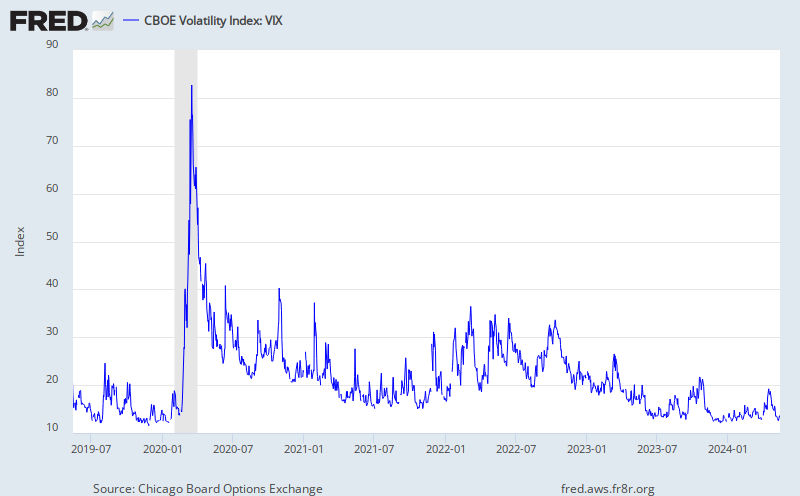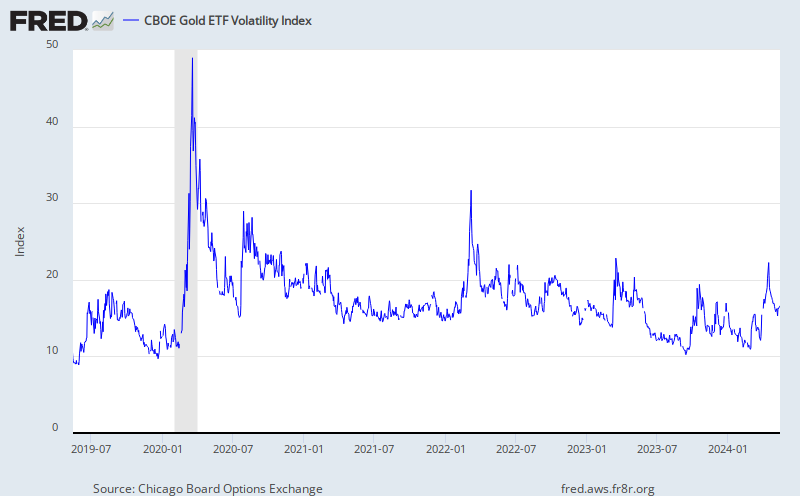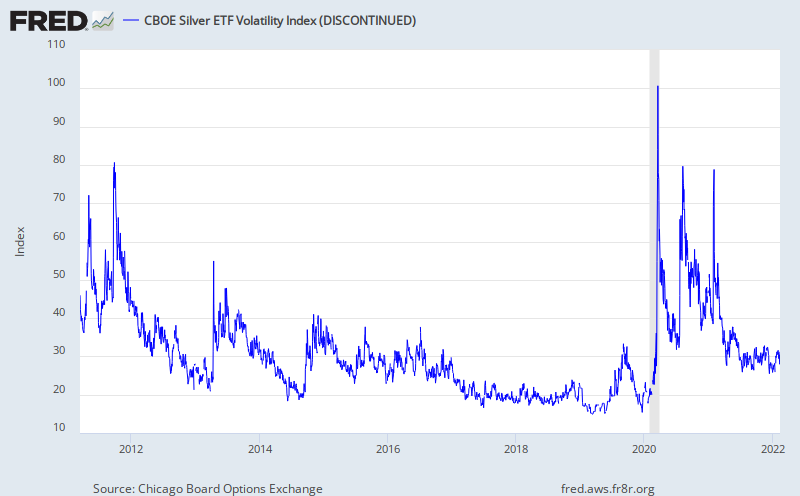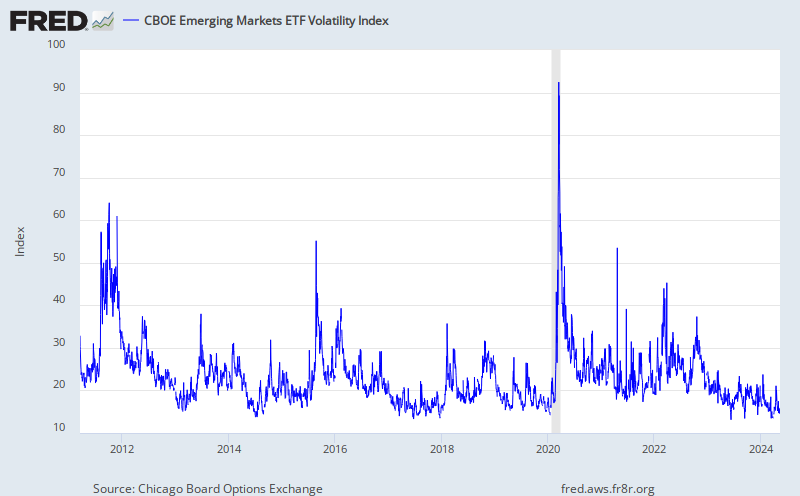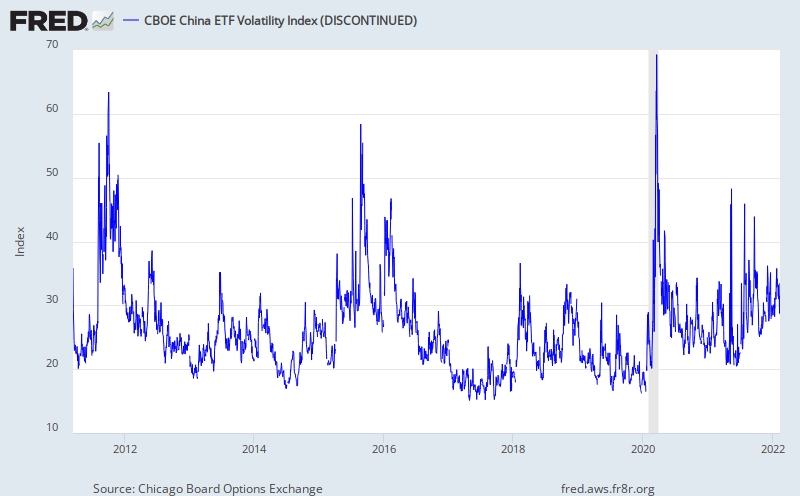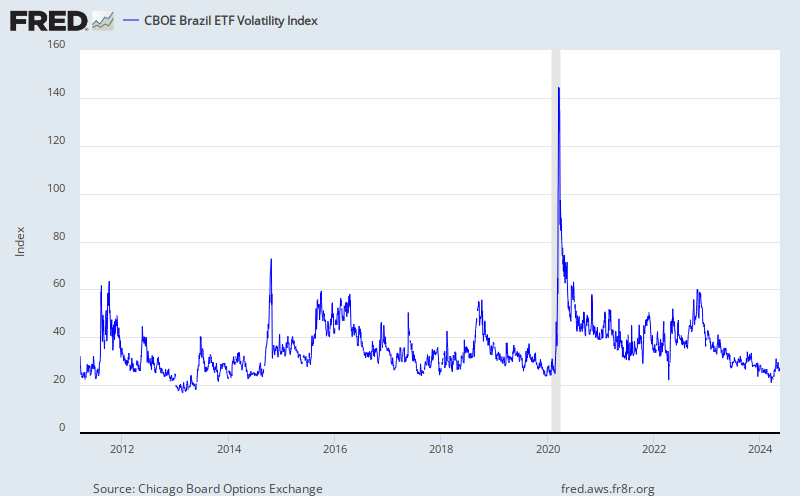 |
| Gold (blue; left) and 10-year treasury (red; right). |
Friday, June 28, 2013
Saturday, June 22, 2013
Volatility Return?
Friday, June 21, 2013
Thursday, June 20, 2013
Tuesday, June 18, 2013
China News Stories
A collection of news items about China, mainly collected from Quartz:
China's Credit Bubble About to Implode
China's Credit Bubble About to Implode
According to Ambrose Evans-Pritchard of the Telegraph, Fitch analyst Charlene Chu has concluded that China's growth is fueled by a credit bubble that is unlike anything the modern world has ever seen. This debt bubble is leading to massive overbuilding, Chu says. And when it finally bursts, as debt bubbles always do, China will be looking at a Japan-style depression and deflation.Here’s what’s behind the Chinese cash crunch
What does the spike in rates mean? Large banks are increasingly leery of tapping into their pools of cash to lend to each other. Recent reports that China Everbright Bank failed to repay a short-term loan to Industrial Bank Co. aren’t helping. Industrial Bank says that report is “untrue and exaggerated.” But short-term lending markets suggest other bankers are skeptical.5 signs that China is about to fall off of a debt cliff
A government crackdown on fake trade invoicing likely caused a sharp drop-off in exports, which rose 1% year-over-year in May, compared with 14.7% in April. (Export traders overstate export orders to take out cheap loans in Hong Kong, funneling those loans into shadow banking investment products, which offer higher returns.) That means export growth (and economic growth overall) has been much less than China’s headline data suggest.China has a new aggressive action plan to reduce pollution, but will it be enough?
To put this into perspective, pollution in industrializing China is actually less, per person, than in Europe during its own industrialization. But unlike 19th century Europe, China has access to technology that can make electricity from the sun and the waves. It’s just not transitioning fast enough to keep up with the country’s breakneck pace of growth.
Brazil: Bus Fares and Protest
From Quartz:
A $0.09 hike in the price of a single bus fare in Sao Paulo ignited the biggest protests to hit Brazil in over 20 years. As we noted earlier today, the bus fare hike was merely the last straw in a long list of public grievances about the shaky Brazilian economy.
But it’s worth noting that Sao Paulo’s bus riders are being majorly squeezed by fares. A fare price that sounds pretty minuscule in dollar terms actually takes up a huge chunk of Brazilian incomes for those at the bottom (and presumably, those who most need to use the bus).
The $0.09 hike brought the price of a single bus fare in Sao Paulo up to $1.47. Assuming Brazil’s city dwellers ride the bus twice daily—to and from work during the week, and to and from anywhere during the weekend—that’s $82.46 a month. For Brazilians making the minimum wage of $312.33 a month, that’s a whopping 26% of their income.
Uh, wow. I'd wager that there are many Brazilians earning near the minimum-wage level. 26% of income on bus fare? $0.09 rise in bus fares?In Brazil’s lopsided economy, public funds are propping up a public transportation system that the public can’t afford.
Monday, June 10, 2013
'Inverted' Short-Term Chinese Interest Rates
Chinese interest rates and banking sector show a possible liquidity squeeze. As Chinese growth slows down, banking sector may begin calling in loans. From the Sober Look link:
A spike in short term rates could dramatically dampen bank lending and slow growth even further. A prolonged spike could even put China into a recession. Many are hoping that the PBoC will deal with this issue aggressively by injecting more liquidity into the banking system in order to reduce the risk of a major credit contraction.
Tuesday, June 4, 2013
Future Iraq Oil Production
The Oil Drum has a good post on the future of Iraq oil production. Last year, Leonardo Maugeri introduced people to the idea of an oil revolution. Perhaps his best argument for such a revolution is price motivation and the behavior of the oil industry (perhaps a result of price motivation).
Many of the top dogs in energy analysis (IEA, EIA, etc) are predicting a surge in Iraq oil production over the remainder of this decade. The future production estimates range somewhere between 6-12 million barrels per day. These projections are restricted by any number of political and economic factors - especially concerning a recent increase in violence. And in almost all cases, Iraq oil exports are seen flowing to Asia, and China specifically.
The projections of oil exports going to China is in-line with some of the more pure economic-oriented claims for the Iraq war, and continued growth in oil consumption is in-line with Michael Pettis' thesis that China will have to transition its economy to a service based economy. This he argues, must be accompanied by reduced consumption of concrete, steel rebar and copper - at least the hoarding thereof. An increase in the consumption of oil I think will be a significant part of that transition, as well as job-creating environmental reform.
Subscribe to:
Posts (Atom)
